Whale Watching in Hermanus
Hermanus is regarded as the whale watching capital of South Africa. By Land - By Boat - By Air
Hermanus is regarded as the whale watching capital of South Africa. By Land - By Boat - By Air
The Old Harbour Open-Air Museum is a provincial heritage site. It is unique in that apparently it is one of only two fishing harbours in the world that has been conserved in tact.
meanders for almost 11 kilometres along the coast from the New Harbour in the west to the estuary at the mouth of the Klein River in the east.
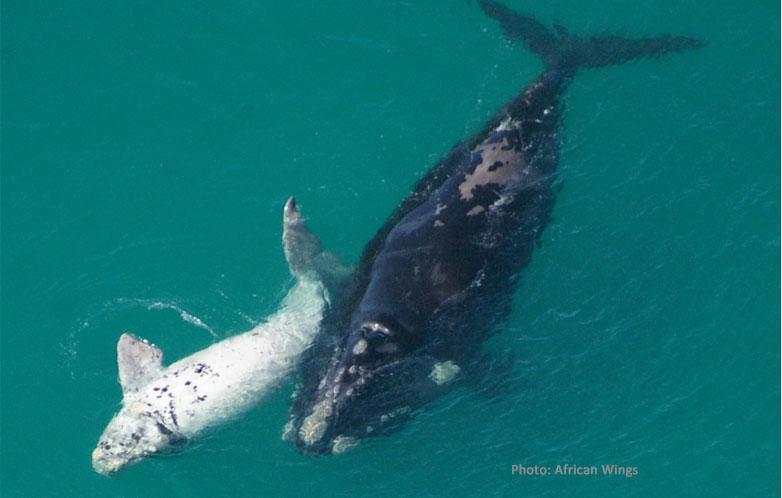
The Mammal Research Institute’s Whale Unit (University of Pretoria) will be conducting their annual aerial survey of southern right whales from 29 September through to mid-October. This is the 38th consecutive annual survey and the resulting dataset is one of the longest such datasets available worldwide.
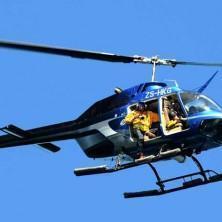 This survey, flown in an Airbus H120 at an altitude of approximately 300m and some 500 to 800m offshore between Nature’s Valley and Muizenberg, records all encountered whale species. All groups of southern right whales comprising a cow and calf pair or animals with distinctive brindle colouration markings will be photographed while the helicopter hovers above the group. Vertical images of both the heads and the backs of the animals allow for individual identification, as whales can be recognised from the patterns of the wart - like callosities on their heads and in some cases from the white and grey pigmentation patterns on their backs.
This survey, flown in an Airbus H120 at an altitude of approximately 300m and some 500 to 800m offshore between Nature’s Valley and Muizenberg, records all encountered whale species. All groups of southern right whales comprising a cow and calf pair or animals with distinctive brindle colouration markings will be photographed while the helicopter hovers above the group. Vertical images of both the heads and the backs of the animals allow for individual identification, as whales can be recognised from the patterns of the wart - like callosities on their heads and in some cases from the white and grey pigmentation patterns on their backs.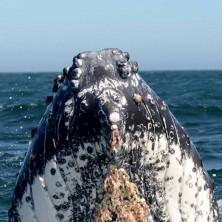 Photography of each group usually takes less than five minutes, during which time the helicopter hovers some 150-300m above the whales, before continuing the searching part of the survey at approximately 300m, although in areas of high whale densities the aircraft may move directly from group to group at the lower altitude. All surveying is carried out under a permit from the Department of Environmental Affairs to approach whales and under specific Marine Protected Area permits from conservation authorities. Weather plays an important part in achieving the full survey coverage and flying will be required over weekends.
Photography of each group usually takes less than five minutes, during which time the helicopter hovers some 150-300m above the whales, before continuing the searching part of the survey at approximately 300m, although in areas of high whale densities the aircraft may move directly from group to group at the lower altitude. All surveying is carried out under a permit from the Department of Environmental Affairs to approach whales and under specific Marine Protected Area permits from conservation authorities. Weather plays an important part in achieving the full survey coverage and flying will be required over weekends.
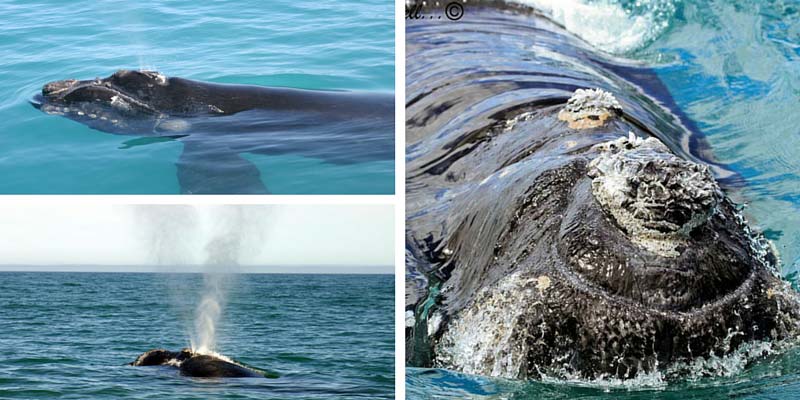 After the survey, the collected identification photographs and associated data are analysed. The best images of each individual are selected from each encounter and these are compared to the Unit’s catalogue of identification photographs of just fewer than 2000 recognisable adults from the previous 37 annual surveys. Sorting of images is initially done using a computer-based image recognition system, followed by final matching of the whales by eye. These analyses allow for sighting histories of known individuals to be compiled and consequently for both the movements and distributions of individuals to be investigated and for the reproductive / calving histories of individuals to be investigated. They provide a suite of information on the vital parameters of the population including abundance estimation, population growth rate, survival, calving intervals and age at first parturition (age at when a female calf first returns with her calf) all of which are used to model the population demographic parameters for verification of increase rates apparent from the raw survey counts.
After the survey, the collected identification photographs and associated data are analysed. The best images of each individual are selected from each encounter and these are compared to the Unit’s catalogue of identification photographs of just fewer than 2000 recognisable adults from the previous 37 annual surveys. Sorting of images is initially done using a computer-based image recognition system, followed by final matching of the whales by eye. These analyses allow for sighting histories of known individuals to be compiled and consequently for both the movements and distributions of individuals to be investigated and for the reproductive / calving histories of individuals to be investigated. They provide a suite of information on the vital parameters of the population including abundance estimation, population growth rate, survival, calving intervals and age at first parturition (age at when a female calf first returns with her calf) all of which are used to model the population demographic parameters for verification of increase rates apparent from the raw survey counts.
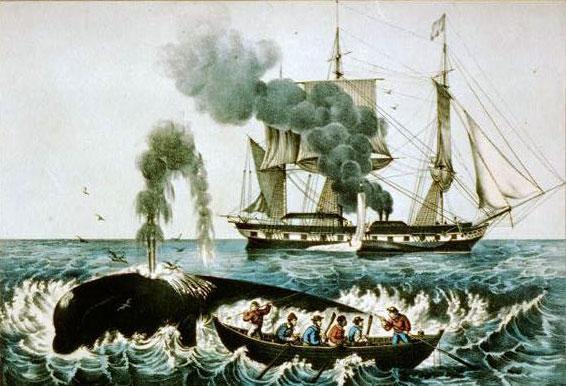 Southern right whales were heavily whaled historically (particularly by the “Moby Dick style”, foreign open-boat whaling fleets between about 1780 and 1835). The global population has been estimated to have been reduced from between some 70,000 and 80,000 individuals to probably less than a few hundred by the time of international protection in 1935. With the local population increasing at about 7 percent per annum and now in the region of an estimated 5,000 to 6,000 individuals (of an estimated total global population of just under 15,000 individuals), southern right whales have stages a strong recovery to date and the annual survey provides us with important conservation data with which to monitor this recovery. Numbers were lower than expected last year so researchers are curious to see what this year’s survey turns up. A possible reason for reduced numbers could be an environmental anomaly associated with the strong El Nino warming effect experienced last year. This is however not confirmed, and while it would not affect the whales themselves, it may have an impact on prey availability.
Southern right whales were heavily whaled historically (particularly by the “Moby Dick style”, foreign open-boat whaling fleets between about 1780 and 1835). The global population has been estimated to have been reduced from between some 70,000 and 80,000 individuals to probably less than a few hundred by the time of international protection in 1935. With the local population increasing at about 7 percent per annum and now in the region of an estimated 5,000 to 6,000 individuals (of an estimated total global population of just under 15,000 individuals), southern right whales have stages a strong recovery to date and the annual survey provides us with important conservation data with which to monitor this recovery. Numbers were lower than expected last year so researchers are curious to see what this year’s survey turns up. A possible reason for reduced numbers could be an environmental anomaly associated with the strong El Nino warming effect experienced last year. This is however not confirmed, and while it would not affect the whales themselves, it may have an impact on prey availability.
 This year the survey is being run in conjunction with the Dyer Island Conservation Trust, which has always provided a supportive logistical role in the past.
This year the survey is being run in conjunction with the Dyer Island Conservation Trust, which has always provided a supportive logistical role in the past.
For further enquiries please contact Chris Wilkinson (Technical Manager at the Whale Unit) on 083 580 8247 or Meredith Thornton (Research Co-ordinator at the DICT) on 072 657 3012.
Call us and schedule your listing today! Contact Us
in and around Hermanus
With countless Southern Right Whales gathering along the Whale coast every year to mate and to calve
One for the Bucket list
Experience the exceptional and come face to face with a great white shark! Gansbaai also known as Shark Alley…
4 x Wine Routes
Hermanus is surrounded by 4 Wine routes, the Hermanus - (Hemel-and-Aarde); Stanford -, Elim - and Botriver Wine Route
![]()
in the Cape whale Coast
Hermanus is a spectacular seaside town with winding cliff paths, sloping green mountains, and deep blue waters.
Copyright © 2025 Hermanus Online Magazine. Web Development by Jaydee media.